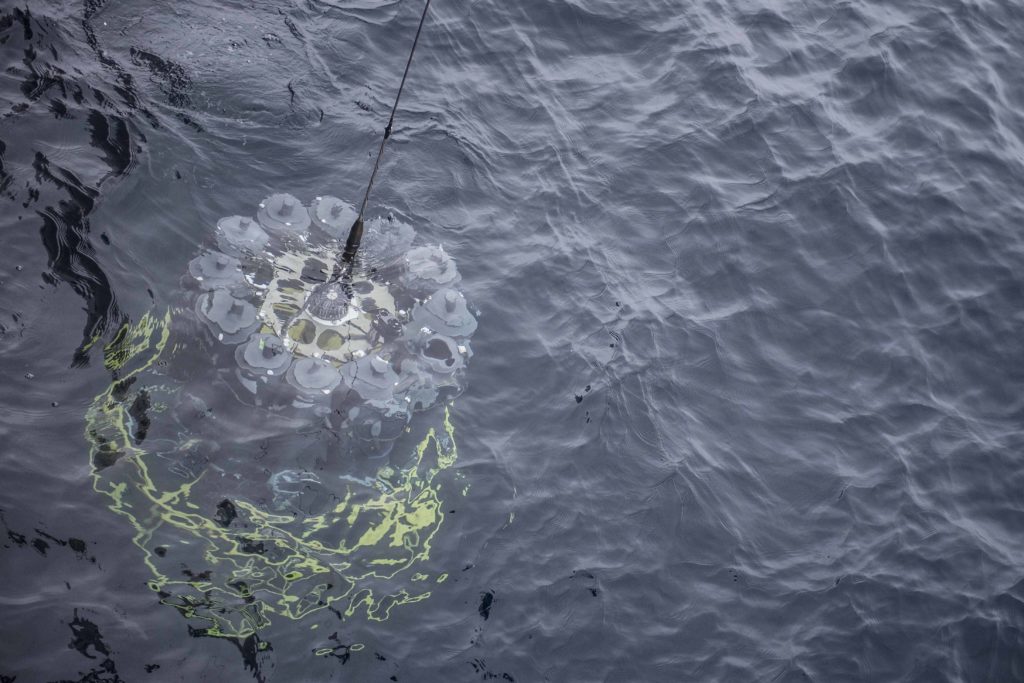Carbon export in a changing Arctic Ocean
The Arctic Ocean is our climate’s ‘canary in the coal mine’. Some of the most dramatic changes in temperature and ocean conditions are being observed here. Although quantifying and characterizing how the marine carbon cycle is changing in this remote, semi-ice covered basin is challenging, we are currently working to better constrain particulate carbon export in the Western Arctic Ocean using short-lived isotopes of thorium (234Th,228Th).
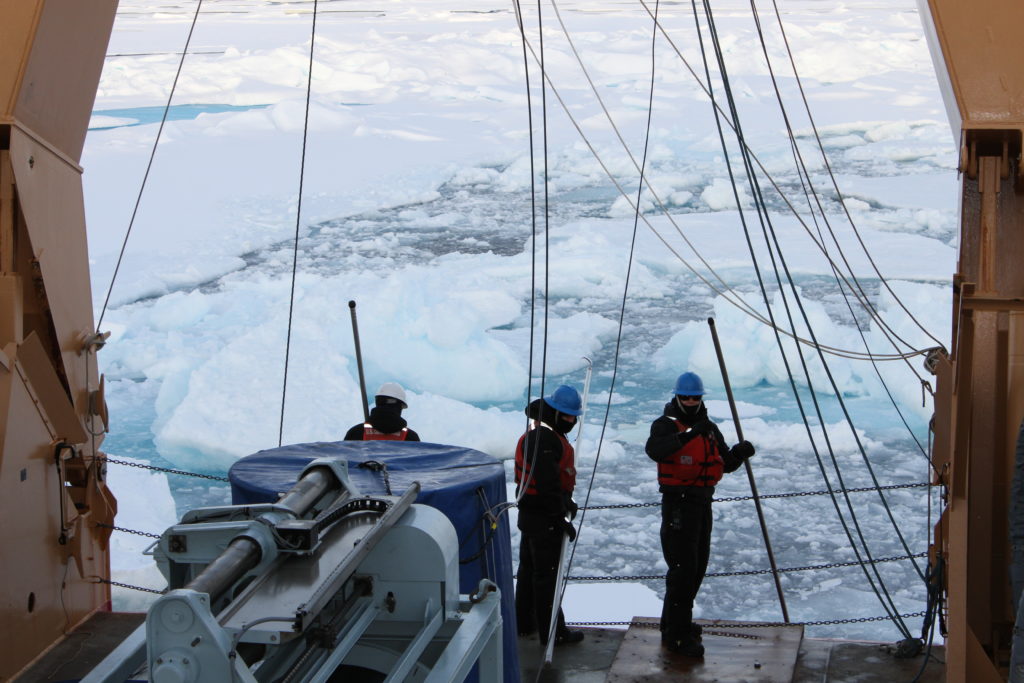
Coastal particle dynamics and carbon storage
Coastal zones provide ecosystem services, which support our communities and our oceans. While coastal export and the storage of carbon are important pieces in the marine carbon budget, these regions of the ocean are dynamic and difficult to predict. We have ongoing collaborative work looking at carbon and nutrient cycling in the Bedford Basin, Nova Scotia and the Gulf of Maine.
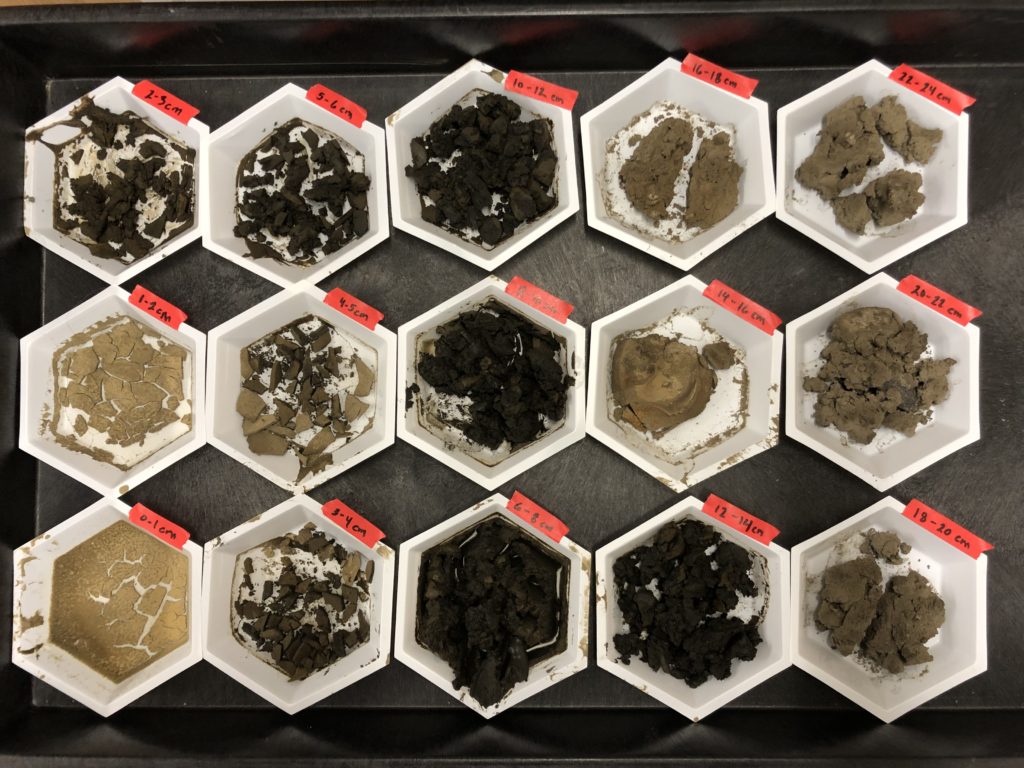
Quantifying dust flux to the world’s oceans
In this ongoing work through the U.S. GEOTRACES program, long-lived isotopes of thorium (230Th,232Th) are used to track the amount of dust entering the surface ocean, as well as the remnant signal of prior dust events that resides in the underlying 1000s of meters of water.
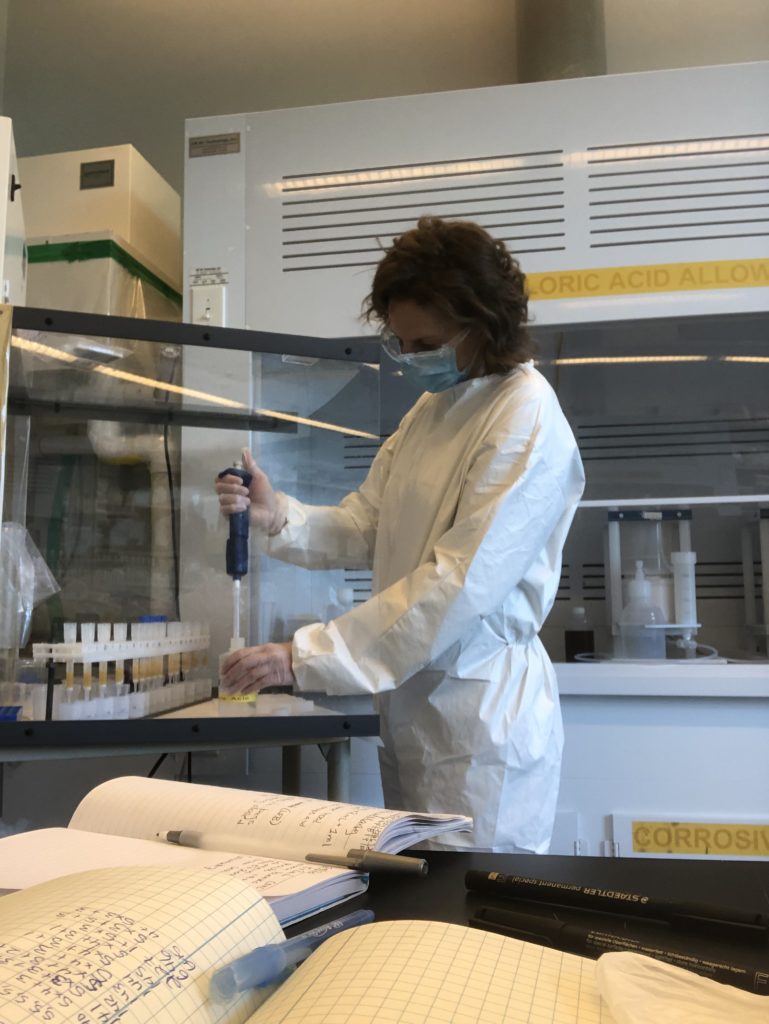
Are plastics impacting tracer systems?
Plastics have been found in all aquatic realms, however, the impacts of plastics on marine biogeochemical cycles are largely unknown. The TRACER Lab has been funded (NSF EAGER) to conduct lab and field experiments to determine how the presence of microplastics in aquatic environments may impact the distribution of naturally-occurring radioactive isotopes. Plastics have different properties than natural particles and these differences may affect how isotopes ‘stick’ to particles and how long they persist in ocean reservoirs.
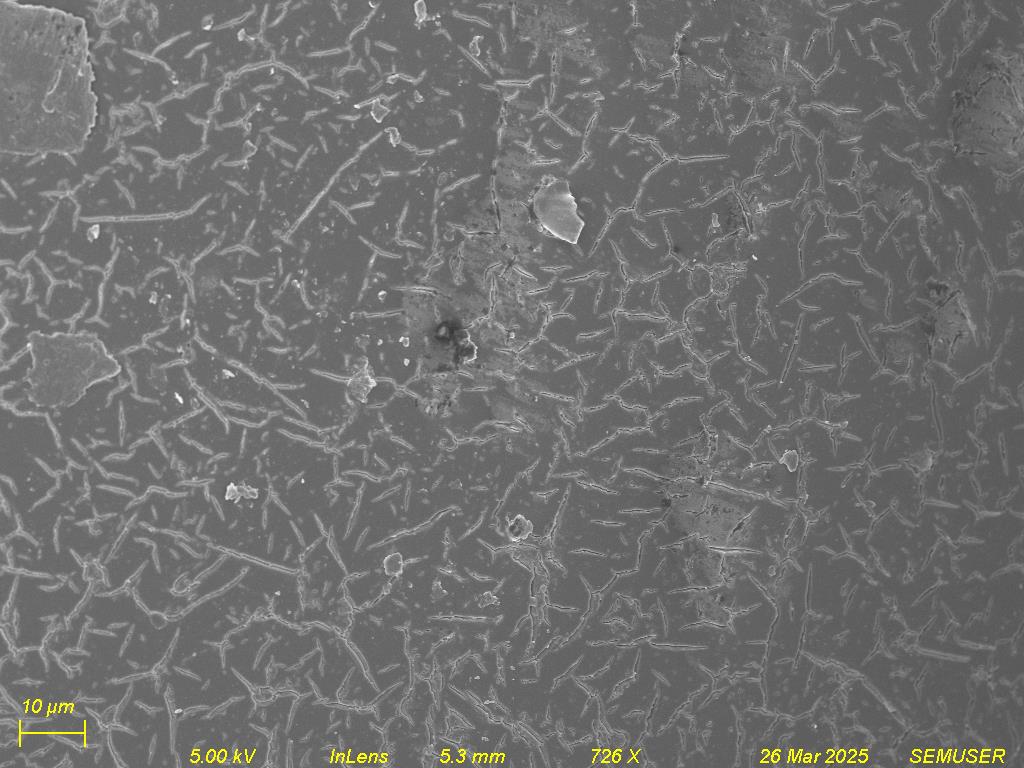
SEM image of cracks on the surface of an aged microplastic being use for sorption experiments (photo: Mariya Cyriac)
Future Great Lakes projects
The Great Lakes contain over 80% of North America’s surface freshwater and 20% of the world’s supply (USEPA). Unfortunately, human actions are rapidly changing the natural ecosystems in these bodies of water. The TRACER Lab is actively purusing new collaborations and funding to study aspects of the carbon cycle and particle dynamics within the Great Lakes.
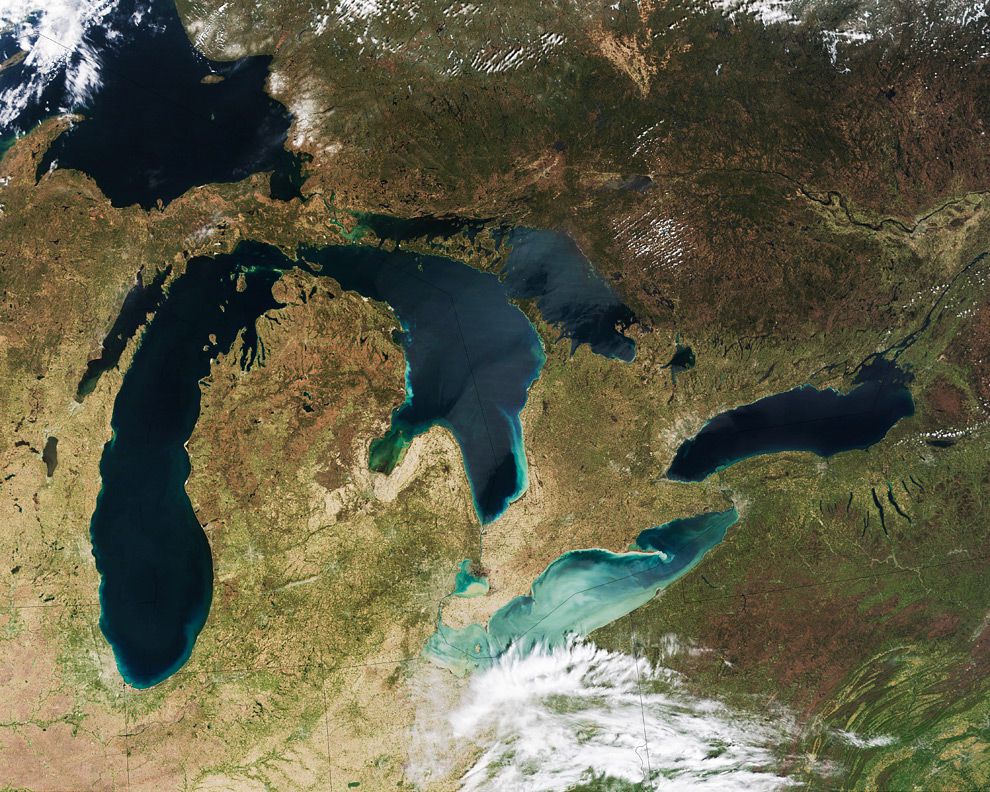
Advancements in radionuclide measurements
One of the long term goals of the TRACER lab is to push the frontier of autonomous radionuclide measurements, which includes developing more precise and practical sensors for in-situ quantification of marine and freshwater radioactivity. We hope to forge collaborations with scientists, engineers, and industry leaders to utilize and improve these in-situ detectors for contamination monitoring and process-based studies.
